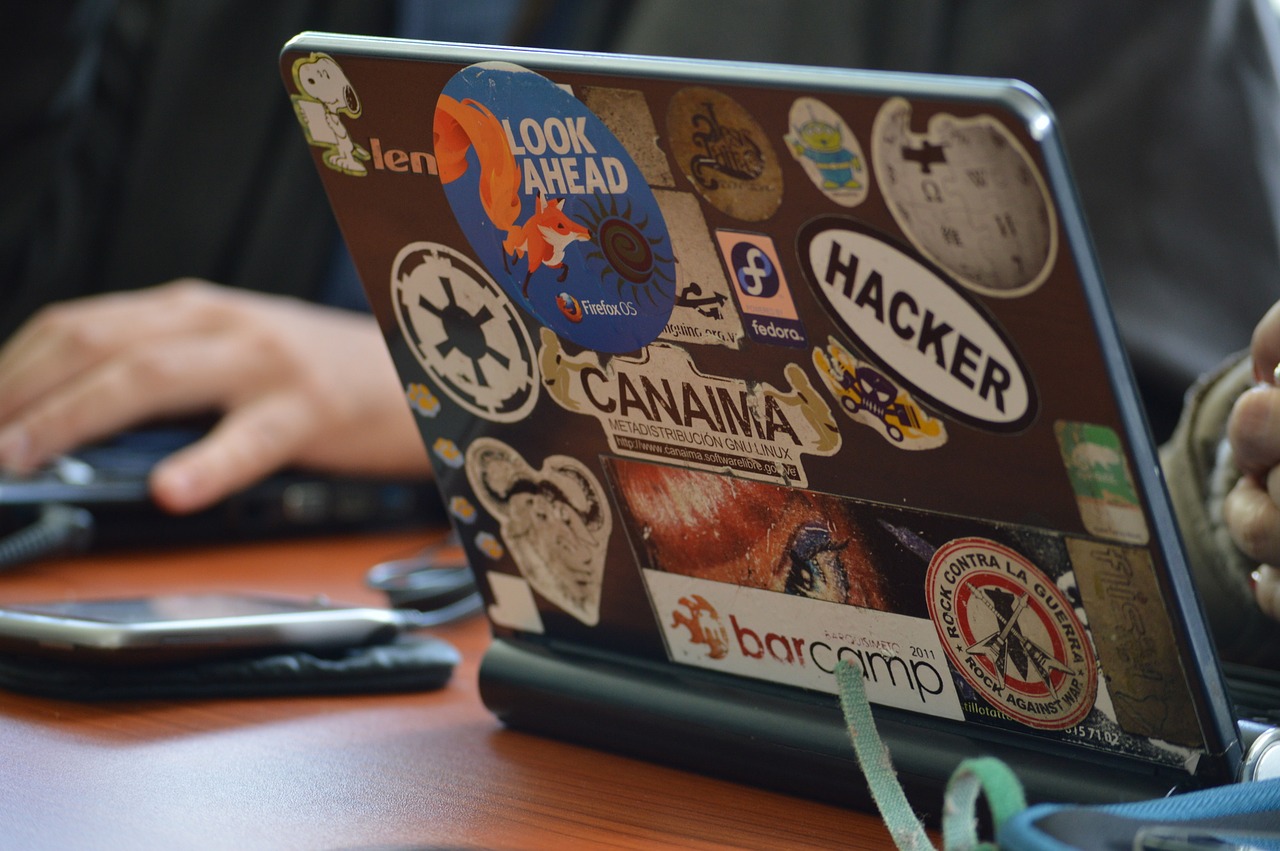As better technology rolls out on a daily basis, hackers have equally become more sophisticated with their ways of infiltrating their victims defences. Here’s five quick tips which should point you in the safer direction.
Enable 2FA
2FA or Two-factor authentication is an additional layer of protection beyond your password. It significantly decreases the risk of a hacker accessing your online accounts by combining your password (something you know) with a second factor, like your mobile phone (something you have). Many of the world’s largest websites have made 2FA readily available from the security settings of your online accounts, but it’s up to you to turn on this free feature.
Popular websites such as Facebook, Google and several online banking sites have this feature activated – as a user you just have to enable it in your account/security settings.
Use Encryption
This usually applies to chat or messaging applications and is the process of scrambling data so that it can only be read by a person who has the “key” needed to decrypt it. WhatsApp has recently rolled out such a measure meaning messages can only be read by the people sending and receiving them, even the service provider cannot access them. Emails can also be encrypted, as with Microsoft Office documents and most PDF’s.
Use reputable security products
Most managed IT service providers have heard the story of a user downloading an anti-virus program or a “PDF guide to avoiding cyber attacks” then all of a sudden wonder why their PCs/laptops have been compromised. Well, the website that you downloaded the file from may have been a ‘fake/spoof’ website tricking you to believe that they are actually providing you resources to combat cyber crime when in fact they are the criminals themselves. Or the website could be a legitimate website but cyber criminals have managed to insert malware or a virus into the download.
Bottom line is to check that what you’re downloading is in fact a legitimate product from a legitimate source.
Make good password choices
Sometimes it’s all in the attitude – some people have a ‘it won’t happen to me’ mindset but when it does happen, the regret sets in. Passwords should be easy to remember but difficult to guess. If there’s anyone in this day in age with the password ‘qwerty12345’ then you are asking for trouble. Passwords don’t have to be difficult, they should be long in length and as much as possible contain a mixture of numbers and characters.
Good examples:
- 0ppositeOf1isTwo
- eyehave2manypasswordz
Bad examples:
- StevenSmith321
- Password123
Beware of what you download
Sometimes we just get carried away with downloading that we don’t read the small print nor do we check that what we’re downloading or do we check that the website that we’re downloading from is actually a legitimate source. Managed IT services hear the same stories all the time of users clicking on email links and downloading software which they think is legitimate then suddenly find themselves on the receiving end of a malware attack. Here at IntelliTeK we always take the highest precautions to ensure that your user experience is as ransomware free as possible, but often or not problems are caused at user-level so it is important that you take all the necessary precautions to avoid any unnecessary interruptions.

